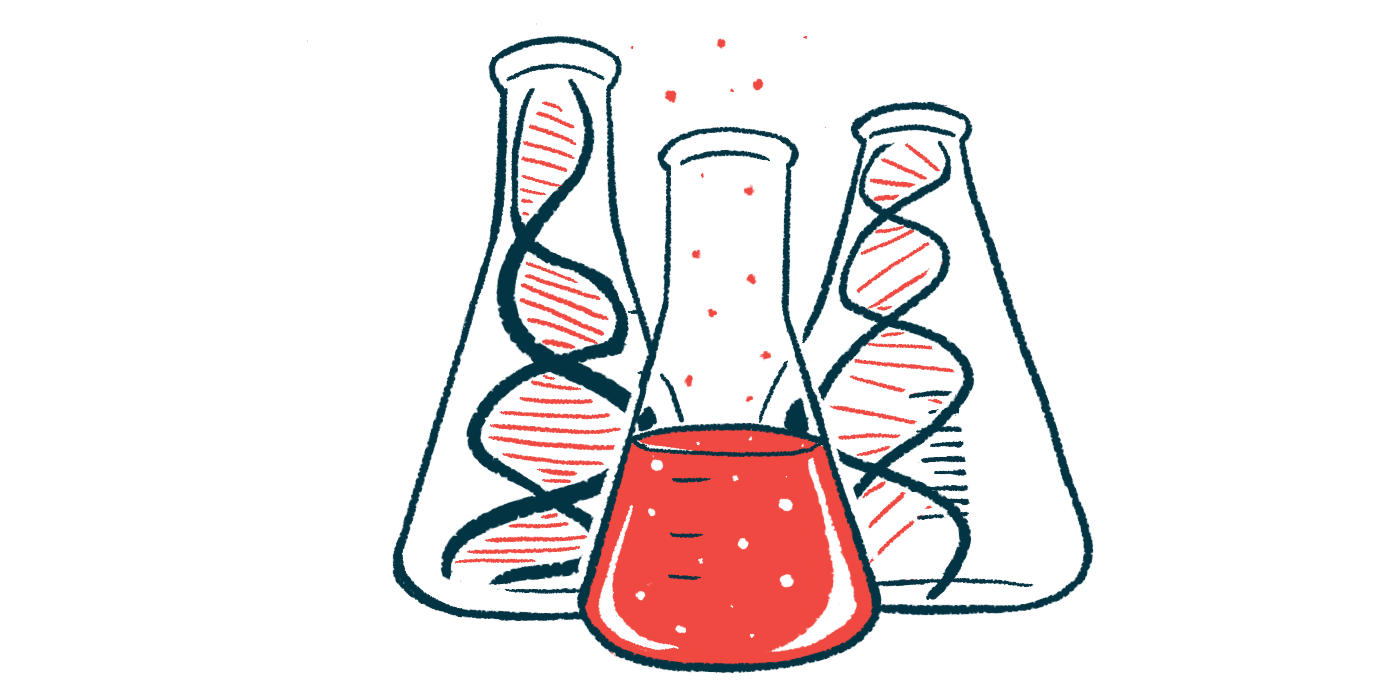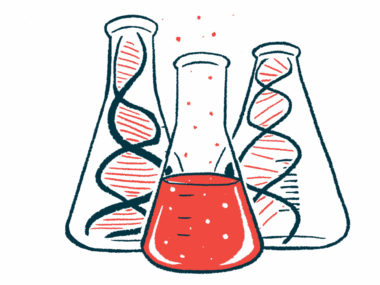Mutations increasing TLR7 activity may be lupus cause: Study
Identifying such mutations may open route to personalized treatment
Written by |

Mutations in the UNC93B1 gene — which produces a protein involved in the regulation of certain immune proteins, called toll-like receptors, or TLRs — may drive autoimmunity in people with lupus and other autoimmune conditions, according to a new study into the genetic cause of lupus and related diseases.
Its researchers note that identifying these mutations could potentially help doctors offer personalized treatment to patients with oversensitive TLRs, particularly oversensitive TLR7 receptors.
“We basically have a map now,” Gregory M. Barton, PhD, investigator at the Howard Hughes Medical Institute and the study’s leader, said in a press release announcing the study’s findings.
“It’s not like everybody that has lupus has a mutation in the gene that causes overactivation of TLRs and TLR7. But there are drugs … that very specifically inhibit TLR7,” Barton said.
“As we sequence more and more people, it will become easier to identify those patients and put them on those drugs. That’s a lot better than the current course of therapy for lupus, which is brutal,” added Barton, who is also a professor of molecular and cell biology at the University of California, Berkeley.
The study, “Large-scale mutational analysis identifies UNC93B1 variants that drive TLR-mediated autoimmunity in mice and humans,” was published in the Journal of Experimental Medicine.
Investigating mutations in the UNC93B1 gene
Lupus is a chronic disease wherein the immune system attacks the body’s healthy tissues. It may affect several tissues and organs, including the skin, kidneys, joints, brain, heart, and lungs, resulting in a wide range of symptoms.
Although the exact causes of lupus are not fully known, genetic mutations in genes important for the regulation of the immune system, as well as a family history of lupus or other autoimmune diseases, may increase the risk a person has of developing the condition. Other factors, such as race and ethnic background, certain infections and medications, and environmental factors also may increase the risk of lupus.
In this study, researchers at UC Berkeley identified two sets of patients with genetic mutations in the UNC93B1 gene that regulate the activity of certain TLRs, particularly TLR3, TLR7, and TLR9.
TLRs participate both in the first-line immune response to foreign agents, such as viruses and bacteria, and in more powerful immune responses that mobilize several types of immune cells. However, if their regulation is disrupted, they also can react to the body’s own healthy tissues, and contribute to the chronic inflammation that characterizes lupus.
“We think the way the system works is that if nucleic acids find these receptors, most likely they’re going to be from a virus,” Barton said. “But in some people, the receptor is more responsive, so now levels of self-nucleic acids that otherwise wouldn’t stimulate the receptor in a normal person activate the receptor.”
Researchers initially skeptical that 1 gene copy could be lupus cause
In a 21-year-old woman with early-onset cutaneous tumid lupus, a form of lupus affecting the skin, the team in this study found a mutation — p.Thr93Ile — in one copy of the UNC93B1 gene. The woman’s father and two siblings also had the condition, and the same mutation. Per the researchers, a deceased family member also had systemic lupus erythematosus (SLE), the most common form of lupus.
The team also found another mutation, p.Arg336Cys, in one copy of the UNC93B1 gene in a 13-year-old girl who by age 3 had developed coexistent inflammatory arthritis, a neuroinflammatory movement disease, and cutaneous tumid and chillblain lupus rashes.
“We were skeptical that just one copy of a gene would be sufficient to cause a disease,” said Victoria Rael, a UC Berkeley graduate student and of the study’s first authors. “It wasn’t until we put the patients’ mutations into cell lines and saw that they led to very convincing TLR hyper-responsiveness that we realized they had the possibility of being sufficient to be disease-causing.”
After researchers introduced the mutations in mice via genome editing, they found the animals developed systemic autoimmune or inflammatory disease. Particularly, mice with the Thr93Ile mutation had increased responses to ligands of TLR7.
“These results indicate that the [mutation] is sufficient to drive severe inflammatory disease in mice, even when [present in a single gene copy], and suggest that the disease is driven by increased TLR7 responses,” the researchers wrote.
Similar results were observed for the Arg336Cys mutation.
Also, when the team repeated the screening work previously performed at their lab, they confirmed 32 different mutations in UNC93B1 that increased the sensitivity of TLR7.
The scientists believe these results may help doctors identify lupus patients who could benefit from medications targeting TLRs, such as M5049, or Enpatoran, which reduces the activity of TLR7 and TLR8. The safety and efficacy of the oral treatment are now being investigated in a proof of concept Phase 2 trial (NCT05162586) in people with SLE and cutaneous lupus, and in its long-term extension (NCT05540327).
Further investigations are focusing on how each mutation affects patients’ symptoms, and how UNC93B1 regulates TLRs.
“UNC93B1 is important for getting the receptors to the place where they can function, but it also is important for regulating them when they get there,” Barton said.






